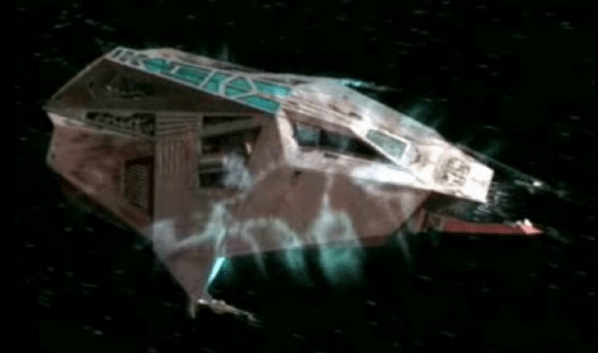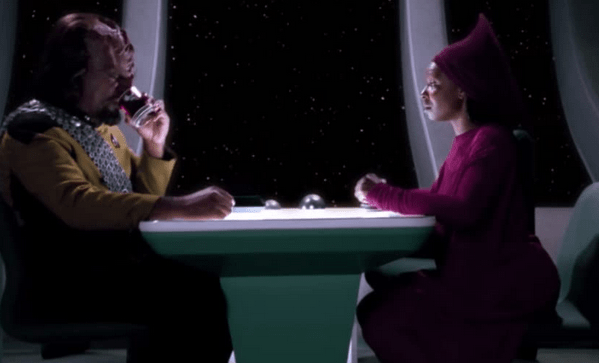Welcome to week four of our Why It Works, Star Trek series. This week, as promised, we’re talking about Deep Space 9.
This was another that I watched with my grandmother as a child, and then revisited as an adult.
Running from January 1993 to June of 1999, it’s the third Star Trek show to come out and the first to take place on a stationary location instead of on a ship. It’s unique in a lot of ways. I’d say the biggest difference between this and other series is that we see a lot of civilians. I appreciated getting a better understanding of what life’s like in this world if you’re not part of Starfleet. Commander Sisko is part of Starfleet, but most of the station is full of civilians. It’s a different dynamic.
Which is our first tip. While this one doesn’t apply unless you’ve been writing a while, it checks out. Don’t be afraid to do new things.
Not to plug my stuff here, but that’s what I did with Falling From Grace. A good world, Fantasy or Science Fiction, should have different societies, different walks of life. If you’ve created a good world, explore it.
In the first post of this series, I talked about an episode called Trouble with Tribbles. It’s a much-loved episode of the original series, with a hilarious mess up. During a scene where tribbles fall from a vent onto Captain Kirk, a stagehand’s hand can be seen tossing the little critters out. Well, Deep Space 9 had a chance to fix it, and they did. I mean, if you’re going to have a time travel episode, might as well fix some old mess-ups.
They intentionally wrote in a scene with Sisko and Dax in that same vent. And being covered in tribbles, they decide to toss them out of the vent. And Dax worries that her hand was seen. Well done, guys.
Another thing that Deep Space 9 did well was to remind us that it is set in the same world as the other series. Particularly the world of Next Generation. Worf, of Next Generation, is a character for much of the series. Deep Space 9 was great at utilizing past success, but not as a crutch.
You see that sometimes, with spin-offs or follow-up series. The original show was great, everyone loved it. And so the new show leans too much on the popularity of that show, having old cast members pop in and rehashing old running jokes. That’s not what’s happening on DS9. A good test of this is that it can stand alone. You could pull Worf out of the show and it would still be good.
Is it cool to have those old nods? Yeah, of course. But if that’s all your new story has, then you don’t have a new story. You have a continuation of an old story. One that, if you finished, was probably done.
So that’s it for Deep Space 9. There’s a lot to learn from it, of course. If you’ve never seen it, give it a shot. And join us again next week for Enterprise.
Thanks for reading! You can support Paper Beats World on Patreon or Ko-fi.














Recent Comments